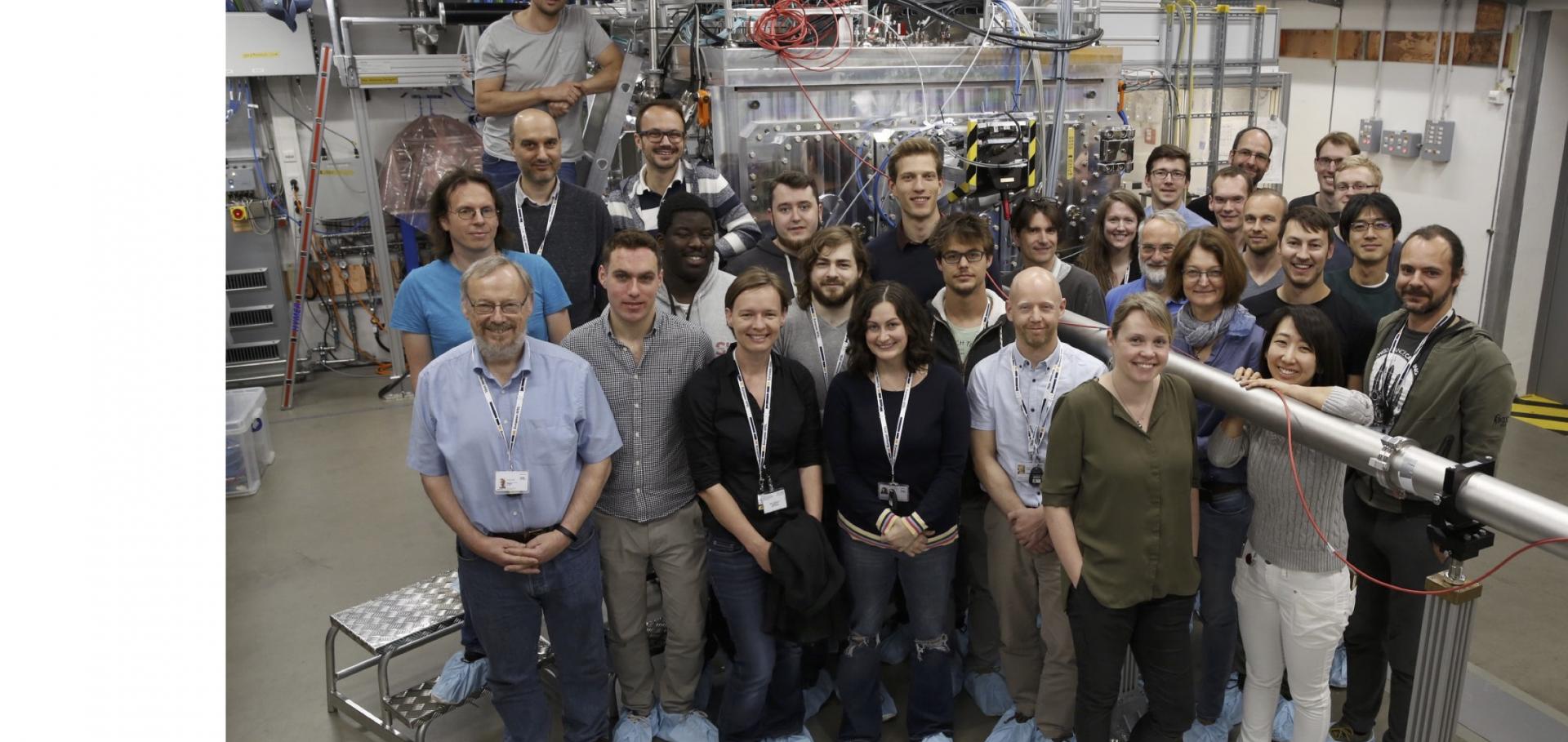Dynamic materials evaluation by confined plasma ablation and laser-generated shocks
Proceedings of SPIE--the International Society for Optical Engineering SPIE, the international society for optics and photonics 4065 (2000) 482-489
Time-resolved X-ray diffraction from coherent phonons during a laser-induced phase transition
Physical Review Letters 84:1 (2000) 111-114
Abstract:
Time-resolved x-ray diffraction with picosecond temporal resolution is used to observe scattering from impulsively generated coherent acoustic phonons in laser-excited InSb crystals. The observed frequencies and damping rates are in agreement with a model based on dynamical diffraction theory coupled to analytic solutions for the laser-induced strain profile. The results are consistent with a 12 ps thermal electron-acoustic phonon coupling time together with an instantaneous component from the deformation-potential interaction. Above a critical laser fluence, we show that the first step in the transition to a disordered state is the excitation of large amplitude, coherent atomic motion. © 2000 The American Physical Society.Calculations of the modal photon densities and gain in a K/Cl resonantly photopumped X-ray laser
JOURNAL OF QUANTITATIVE SPECTROSCOPY & RADIATIVE TRANSFER 65:1-3 (2000) 71-81
Time-resolved X-ray diffraction from coherent phonons during a laser-induced phase transition
PHYSICAL REVIEW LETTERS 84:1 (2000) 111-114
X-UV laser radiography
COMPTES RENDUS DE L ACADEMIE DES SCIENCES SERIE IV PHYSIQUE ASTROPHYSIQUE 1:8 (2000) 1105-1114


